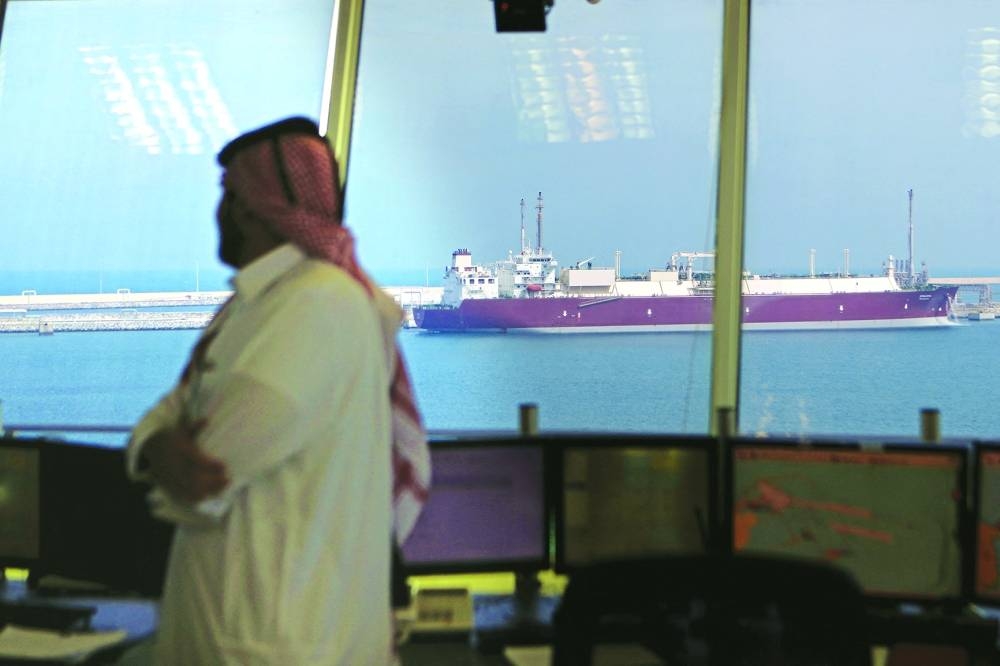Qatar will record the fastest annual growth in gas production in the Middle East until 2050, delivering 2.6% annual growth, the Gas Exporting Countries Forum (GECF) said in a report.
Qatar and Iran and Saudi Arabia, will remain “production hotspots” through 2050 and supply slightly less than 78% of the total output in the region, Doha-headquartered GECF said in its ‘Annual Global Gas Outlook 2050’ released on Sunday.
Gas production in Iran and Saudi Arabia will grow by 2.1% and 1.5%, respectively, on an annual basis over the long term. Their share of regional production will reach almost 82%, while accounting for 18% of the world’s gas output.
The GECF outlook expects regional production to grow by 140 bcm by 2030. This, it said, will represent around 24% of global growth, driven by Qatar’s North Field expansion projects, along with Iran, UAE and Saudi Arabia increases as well.
But longer-term growth will be even more substantial. Output will jump by 520 bcm to 1,190 bcm by 2050.
The share of global output will reach 22%, while the region will account for more than 33% of global growth.
The Middle East is the world’s third-largest gas-producing region, accounting for almost 17% of global output.
Annual production has been growing at a rapid 6% umping from 190 bcm in 2000 to 670 bcm in 2021. By comparison, Asia Pacific and African production grew by only 4.1% and 3.7%, respectively over that period.
Meanwhile, upstream investment worth $9.7tn is required in the gas sector up to 2050, GECF said.
By 2050, energy demand is expected to rise by 22% while the share of natural gas in the energy mix will go up to 26%.
During the review period, natural gas supply will increase by 36% while natural gas trade will expand by more than a third, led by LNG, which will overtake pipeline trade by 2026.
Global GDP will more than double, from $95tn today to $210tn in real terms by 2050. Population growth will see 1.8bn additional people in 2050 with most of this rise taking place in Africa and the Asia Pacific.
GECF secretary general Mohamed Hamel emphasised that all energy sources and technologies will be required to satisfy the world’s growing energy needs, while improving air quality and reducing greenhouse gas emissions.
Hamel said, “The uncertainties have never been so large, and the challenges so profound. What is nevertheless clearer, and more crucial, is the energy trilemma: how to ensure a secure, affordable, and sustainable energy system over the short- to long-term? What steps should be taken to ensure that energy is available for socio-economic development, while concurrently protecting the environment?”
The outlook, he said, seeks to answer these pressing questions by examining the global and regional economic growth prospects, demand and supply of energy, natural gas trade and investment, the effects of policies, technological developments, and various other drivers.

A view of the Ras Laffan Industrial City, Qatar's principal site for the production of liquefied natural gas and gas-to-liquids (file). Qatar will record the fastest annual growth in gas production in the Middle East until 2050, delivering 2.6% annual growth, the GECF said in a report.

